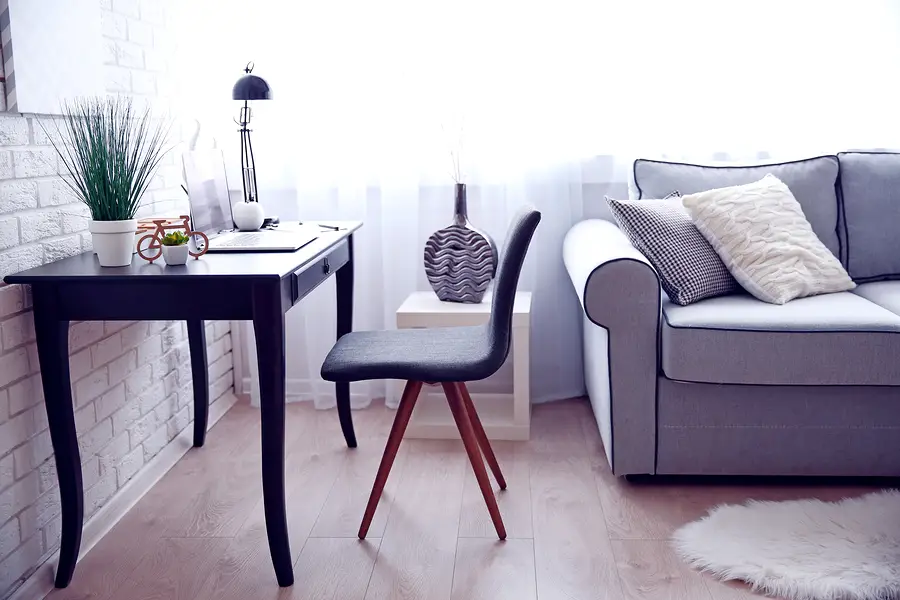Most people I know come home from work feeling tired and moody. No surprise, given the challenges of a full day of work. But recent research has found that this after-effect could be the result of a poor indoor working environment. And in fact, even your home could be an unhealthy place for your wellbeing.
Indoor Spaces and Depression

Most workspaces are designed with the nature of the work in mind, and not the workers, assuming that employees are able to automatically adapt to any work environment. Scientists disagree.
Your environment affects your mood. For those who spend a substantial number of hours working, their workspace has a huge effect on their mental and overall health. In fact, one group of researchers teamed up to find out how people’s indoor environment affects their health and their jobs.
They found that the indoor spaces many people spend most of their time in (ie. their workspace) were contributing to a wide number of health problems that were affecting not only the job satisfaction, but their lives. They include:
- Depression
- Anxiety
- High blood pressure
- Poor gut health
- Lower back pain
- Sleep disorders
- Respiratory problems
Sound familiar? It could be that your stubborn medical condition is really a symptom of being in an unhealthy indoor environment. For some people it’s work, but for many of us, it’s our homes too!
What Makes for a Healthy Indoor Space?

The research team discovered that the best work environments had ways of exposing people to elements of nature, such as plants, sunlight, and running water.
Nature and Your Health
Results showed that natural elements like plants and sunlight were associated with lower depression and anxiety, and higher job satisfaction, productivity, and organization. But this shouldn’t come as a surprise. It’s already been established that being exposed to natural elements lowers blood pressure and reduces the impact of stress. Not only that, it can help you heal faster from illnesses!
Overall, being close to greenery and natural lighting works to reverse mental fatigue. When your attention is demanded for long periods of time, these natural elements provide a break for your brain. Scientists describe this is as an effect of “fascination”. Being able to admire what nature does best automatically helps your brain reset after a long bout of concentration.
Sunlight
Yet, out of all the ways to include nature in an indoor space, sunlight was found to have the biggest effect on wellbeing. Sunlight is the best source for vitamin D, which is a very important factor for our mood. Sunlight also makes you more alert, and triggers the release of serotonin (which makes you happy!).
Interestingly, direct sunlight and indirect sunlight have slightly different effects on your brain. Getting direct sunlight from sitting by an open window, or walking around outside will help battle depressive mood. On the other hand, indirect sunlight (like through a closed window) will help fight feelings of anxiety.
How to Create a Healthy Indoor Environment

Whether you want to improve your environment at home or at work, here’s what you can do to get the best benefits from natural elements.
- Place potted plants around the room.
- If the space allows it, introduce an aquarium.
- Keep the curtains open as much as possible.
- Find a small clear-water fountain to place in your line of sight.
- Hang pictures of natural landscapes, or use nature photographs as a computer background
Sources:
https://journals.plos.org/plosone/article?id=10.1371/journal.pone.0155614

